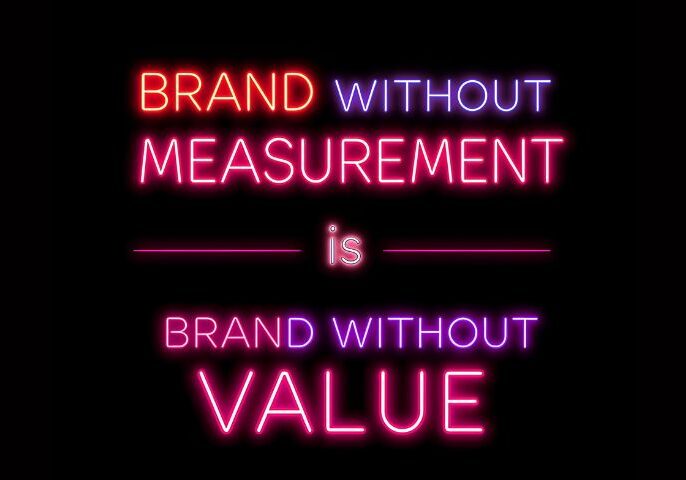Corporate sponsorship has changed. Not long ago, the model was simple: a business wrote a cheque, and in return, its logo appeared on a banner or programme. That transactional approach sadly still happens, but it no longer reflects what businesses, charities, and communities really need – or what audiences expect.
In 2025, sponsorship is not just about money. It is about partnerships that create lasting impact, deliver measurable outcomes, and tell stories that resonate with customers, employees, and stakeholders. Businesses are under growing pressure to prove their values, and charities are under increasing pressure to show their effectiveness. Sponsorship sits at the crossroads of these demands. We previously wrote about Becoming a Sponsor and How to Find Sponsors that Fit Your Cause.
So what does successful sponsorship look like today? Here are the new rules shaping the future.
From transaction to partnership
The days of cheque-and-logo sponsorship are fading. Businesses no longer see value in simple exposure, and charities know that financial support without engagement is hard to sustain.
True sponsorship in 2025 is about mutual benefit. Both sides need to be clear on what they bring to the table and what they hope to achieve. That could mean a charity gaining financial stability while a business builds credibility with a cause that aligns with its values. Or it could mean co-creating campaigns where both logos appear, but the emphasis is on authentic storytelling of local support and improvements.
The best sponsorships are partnerships – transparent, collaborative, and rooted in shared purpose.
Digital-first sponsorship
Geography used to dictate sponsorship. A local company supported a local event to increase visibility, as attendance was limited to those who showed up on the day. That is no longer the case.
Digital-first sponsorship means a community fundraiser can livestream across the UK. A regional CIC can build national reach through podcasts, online PR, and social campaigns. Backlinks and digital mentions now carry as much weight as banners in the town hall.
For businesses, this creates new opportunities to build search authority and digital presence. For charities, sponsorship offers should highlight both in-person and online visibility, with stats to prove the reach.
Measuring impact is non-negotiable
Sponsors expect to see more than a thank-you tweet. They want evidence that their support has made a difference. That means charities and CICs need to provide impact reporting:
- How many people attended or engaged
- How far have campaigns reached online
- What outcomes were achieved for the community
- How the sponsorship contributed to broader goals
For businesses, this data is not just about marketing ROI – it feeds into ESG reporting, stakeholder communications, and employee engagement. For charities, it proves credibility and builds the case for long-term renewal.
Measurement is now part of the deal.
Alignment with values and ESG
Sponsorship can be powerful, but it can also backfire. Today’s consumers and employees are quick to spot misalignment between a brand’s words and actions. A partnership that feels forced or inauthentic risks reputational damage for both sides.
That is why alignment matters. Businesses want to sponsor causes that reflect their ESG priorities, which could include sustainability, diversity, equality, and community impact. Unsurprisingly, charities want to partner with companies whose ethos does not clash with their mission.
This is not just about avoiding bad headlines. It is about building partnerships where both sides can confidently say, “This is who we are.”
Storytelling and authenticity
Logos are no longer enough. What cuts through in 2025 is authentic storytelling. Employees and customers engage more with stories of impact than with static sponsorship badges.
This is why content has become a core part of sponsorship packages. Case studies, videos, behind-the-scenes stories, co-branded blogs, and interviews all create narratives that live far beyond a single event.
The best sponsorships produce stories that both the charity and the business are proud to tell – and that their audiences want to hear.
Internal culture and employee engagement
Sponsorship is not just external. Increasingly, businesses expect their teams to have opportunities to get involved.
That might mean volunteering days, pro bono expertise, staff fundraising challenges, or shared skills programmes. When employees engage directly with a cause, the impact deepens. They are more likely to champion the partnership internally and feel proud of their company’s role in the community.
For charities, this means thinking beyond financial contributions and offering pathways for employees to participate meaningfully.
Long-term over one-off
One-off donations will always play an important role, especially for urgent appeals or short-term projects. But when it comes to building stability and delivering real change, long-term partnerships make the most significant difference.
Multi-year commitments give charities the confidence to plan ahead, invest in bigger projects, and deliver lasting impact. Businesses build stronger brand associations, deeper community ties, and more authentic stories to share.
The future of sponsorship is not about turning away one-off gifts – it is about prioritising relationships that grow and strengthen over time.
Final thought
The expectations of sponsorship have evolved. Cheques and logos may still have a place, but it is important to understand the real value lies in strategic, authentic partnerships.
Businesses that treat sponsorship as part of their brand strategy, and charities that offer credible, transparent partnerships, will both reap significant benefit. Working together, they can deliver measurable impact, create and tell better stories, as well as build stronger communities.
At NAMA, we help businesses and charities navigate corporate sponsorship. Whether you are looking to secure meaningful sponsorship or considering where to invest your support, we can guide you to partnerships that last. Get in touch for a chat!






